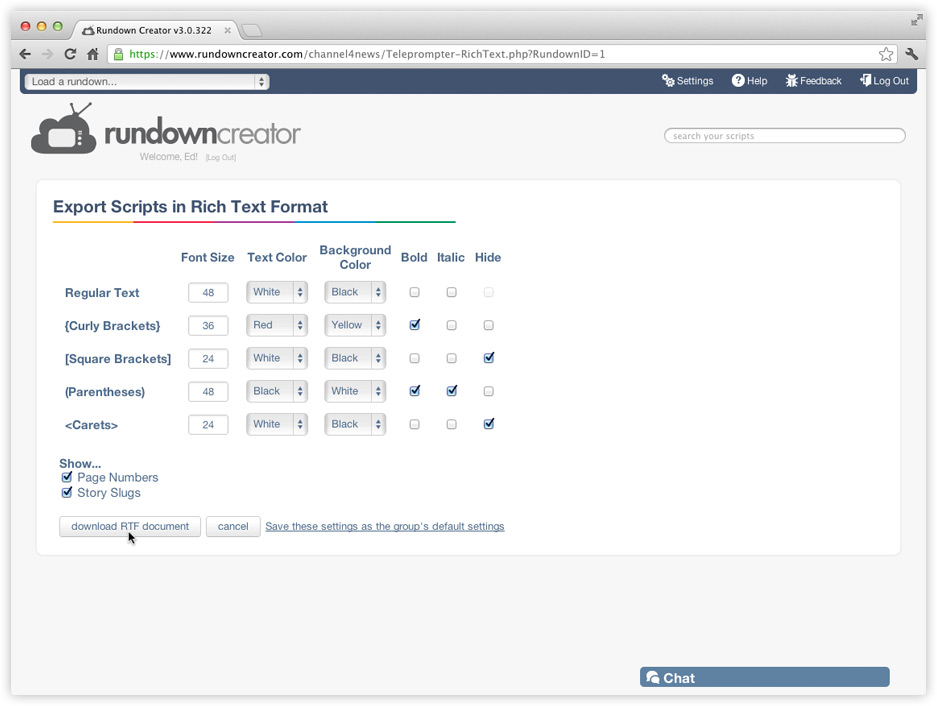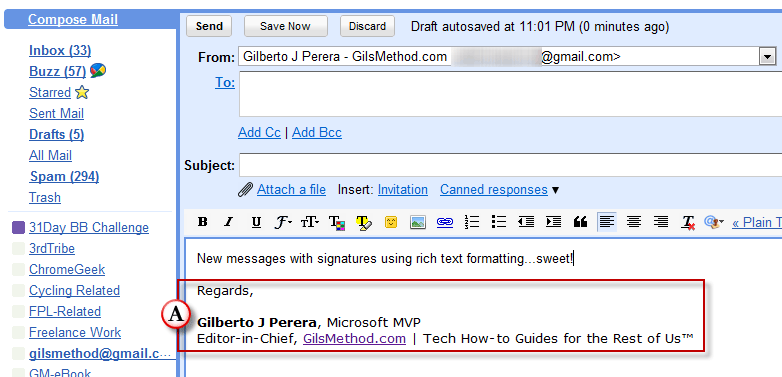

No heading line will be added to the table. The first row of the data will be used as a heading line. The column names will be used as a heading line.

This controls whether a table heading which is repeated on each new page is placed in the table. If this checked, then only the selected cells will be written to the table. This is available if there is a current selection active within a spreadsheet. If checked, the table will be centred on the page, otherwise it will be aligned on the left page margin.
#Rtf rich text format windows
For programs which accept RTF tables, but do not recognise the table autofit property (for example older versions of Word, Windows Write, WordPerfect Office and Open Office), the table width specified will be used, rather than the columns being resized to fit their contents. If it is not selected, then the table will be created with the width specified. Autofit to contentsįor an RTF table, if this item is selected, each column width will be sized to contain the widest item of data, provided the table will fit within the page. Making the table wider than the current page will cause problems in display, whereas making the table too narrow will cause the text within cells to be wrapped on to multiple lines. This specifies the width of the table on the page in either inches or centimetres. The data are set up as a table, and the following options control how it will be displayed. Likewise, the HTML information on the clipboard can be inserted into some Web page editors. The RTF information on the Clipboard can be inserted in a RTF aware Word processor with the Edit | Paste menu item (standard Windows shortcut Ctrl+V). HTML files can be viewed with Web browsers (e.g. Rich Text Format files can be read by Microsoft Word, Word Perfect, and other word processors. This lets you specify the format of the data (see below).


 0 kommentar(er)
0 kommentar(er)
